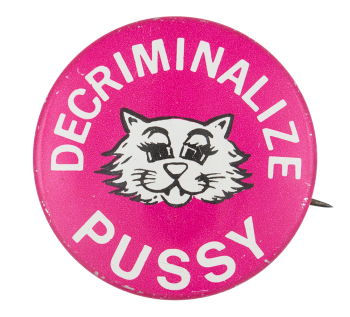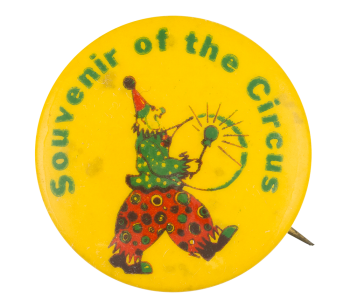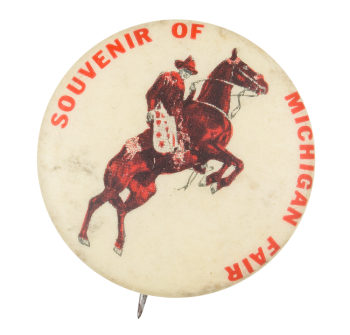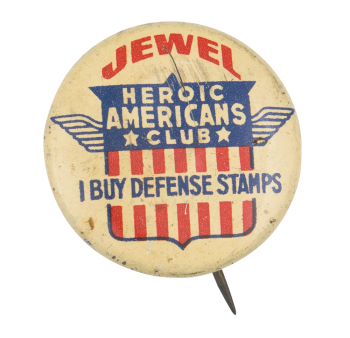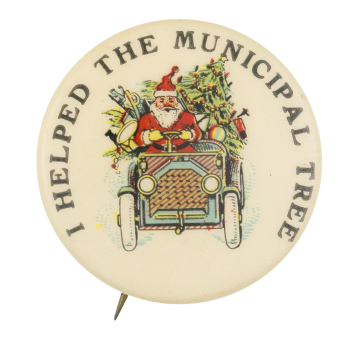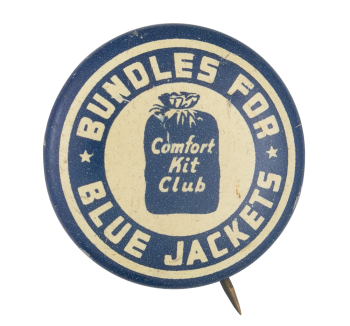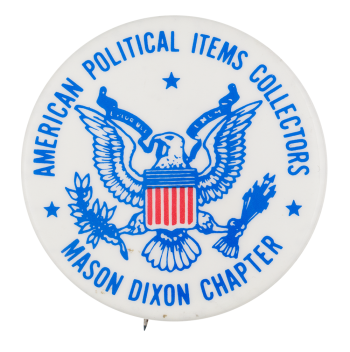Explore Chicago. (2011). Daley Plaza Christmas tree. City of Chicago. https://web.archive.org/web/20111201032010/http://www.explorechicago.org/city/en/things_see_do/event_landing/events/mose/christmas_tree.html
Flickinger-Patterson, S. (2014). 100th anniversary of Story City’s Municipal Christmas Tree. Museums of Story City. https://www.storycityhistory.org/news--updates/100th-anniversary-of-story-citys-municipal-christmas-tree
Geberer, R. (2016). Christmas throughout the decades, as seen through the pages of the Eagle. Brooklyn Daily Eagle. https://brooklyneagle.com/articles/2016/12/27/christmas-throughout-the-decades-as-seen-through-the-pages-of-the-eagle/
Gooley, L. P. (2019). Community Xmas Trees: Historically rooted in the Adirondacks. Adirondack Almanack. https://www.adirondackalmanack.com/2019/01/community-xmas-trees-historically-rooted-in-the-adirondacks.html
Hake’s Auctions. (n.d.). Item 711: “I HELPED THE MUNICIPAL TREE” with Santa in bi-plane [Auction listing]. https://www.hakes.com/Auction/ItemDetail/80919/I-HELPED-THE-MUNICIPAL-TREE-WITH-SANTA-IN-BI-PLANE
Martin City Telegraph. (2020). The history of the Mayor’s Christmas Tree. The Telegraph. https://martincitytelegraph.com/2020/12/20/the-history-of-the-mayors-christmas-tree/
National Park Service. (2019). National Christmas trees through the years. The White House and President’s Park; NPS.gov. https://www.nps.gov/whho/learn/historyculture/national-christmas-trees-through-the-years.htm
Neyfakh, L. (2011). The people’s tree. Press Herald. https://www.pressherald.com/2011/12/23/the-peoples-tree/ (Reprinted from “The secret origins of the civic Christmas tree,” 2011, Boston Globe, https://www.bostonglobe.com/ideas/2011/12/18/the-secret-origins-civic-christmas-tree/kuhxEExgx1QMHDrkFZLXAM/story.html)
Prendergast, N. (2023). A brief Christmas tree history. The LEAFlet: From LEAF-Wisconsin’s K-12 Forestry Education Program. https://myemail-api.constantcontact.com/A-Christmas-Tree-History.html?soid=1105585926208&aid=e-60HzBaB-c
Prendergast, N. (2024). The roots of the real Christmas tree: Conservation and public space in the twentieth century United States. Environment, Space, Place 16(1), 1-21. https://dx.doi.org/10.1353/spc.2024.a951608
Smith, R. (2019). Unwrapping the 106-year history of Chicago’s Christmas tree lighting tradition. Curbed Chicago. https://chicago.curbed.com/2019/11/8/20955596/chicago-christmas-tree-lighting-history
Spellen, S. (2012). Walkabout: Mrs. Sittig’s Christmas. Brownstoner. https://www.brownstoner.com/history/mrs-sittigs-christmas/
Wells, M. (2022). Why does Kansas City have a mayor’s Christmas tree? The tradition goes back to 1882. The Kansas City Star. https://www.kansascity.com/news/your-kcq/article269058897.html
Wetmore, K. (2024). The history of the Christmas tree lighting ceremony. Family Tree Care. https://www.wetmoretreecare.com/ftc-blog/the-history-of-the-christmas-tree-lighting-ceremony
Yee, E. (2017). Boston lit one of the nation’s first public Christmas trees in 1912. Boston.com; Boston Globe. https://www.boston.com/news/history/2017/12/24/first-public-christmas-trees/

